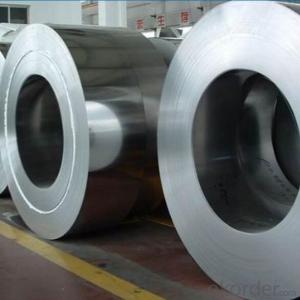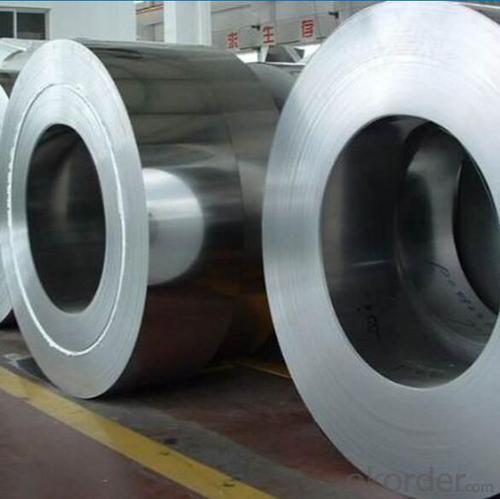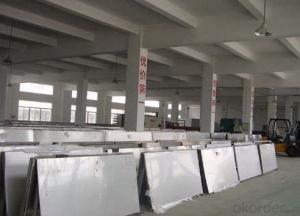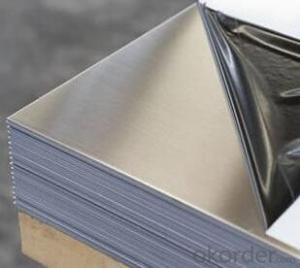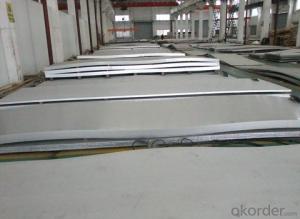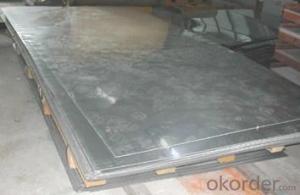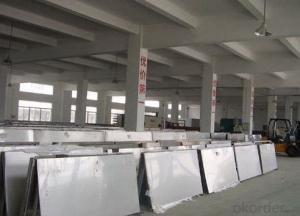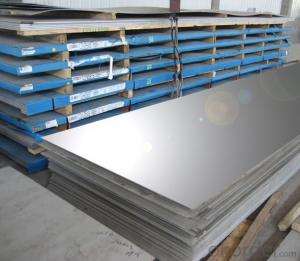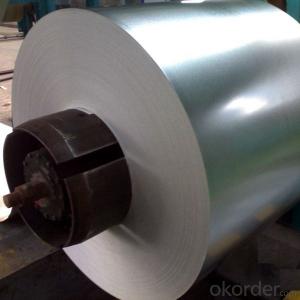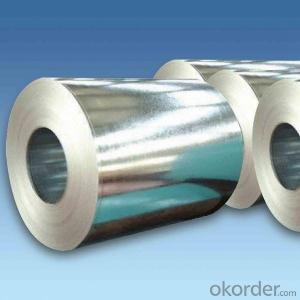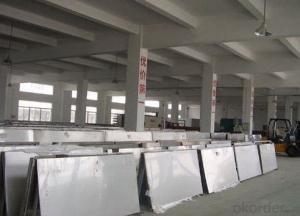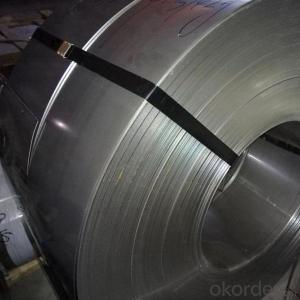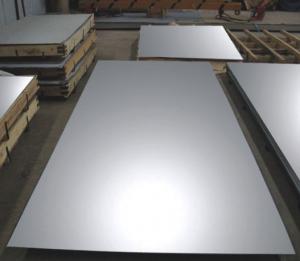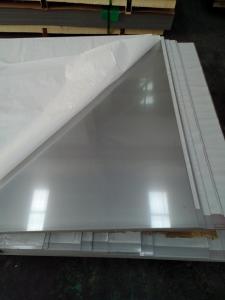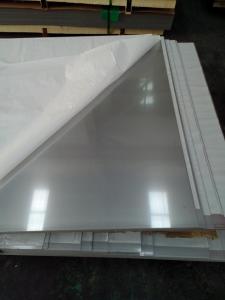Stainless Steel sheets,Stainless Steel Coils,NO.1Finish,Grade 304
- Loading Port:
- China main port
- Payment Terms:
- TT OR LC
- Min Order Qty:
- 18 m.t.
- Supply Capability:
- 10000 m.t./month
OKorder Service Pledge
OKorder Financial Service
You Might Also Like
Specification
Stainless Steel sheets,Stainless Steel Coils,
NO.1Finish,Grade 304
Products Description
Name: stainless steel coils/plates/sheets
Discharge Port: Any Port, China
Cold Rolled Size: thickness0.3-8mm,Width:280-2100mm
Hot Rolled Size: Thickness3-14mm,Width:650-2100mm
Hot Rolled/Cold Rolled Plates : Thickness2-80mm,Width:1500-3000mm
Coil Weight: About 20 Tons
Grade: 201,202,304/304L/304H, 316/316L/316H, 409/L,430 etc.
Technique: Hot Rolled/Cold Rolled
Finish:2B, BA, 2D, No1, No2 etc
Edge: Mill Edge / Slitting Edge
Packaging: In bundles, or as customer's requirement
Place of Origin: Made in China
MOQ: 20 Tons
Payment Terms: 100% LC at sight, or 100%TT in advance
Delivery Time: With 30-40 days after deposit
Packaging & Delivery
Packaging Detail | Standard export packing or following customer's demand |
Delivery Time | Within 15-20 days after deposit or according to the order quantity |
Detail picture of Products:
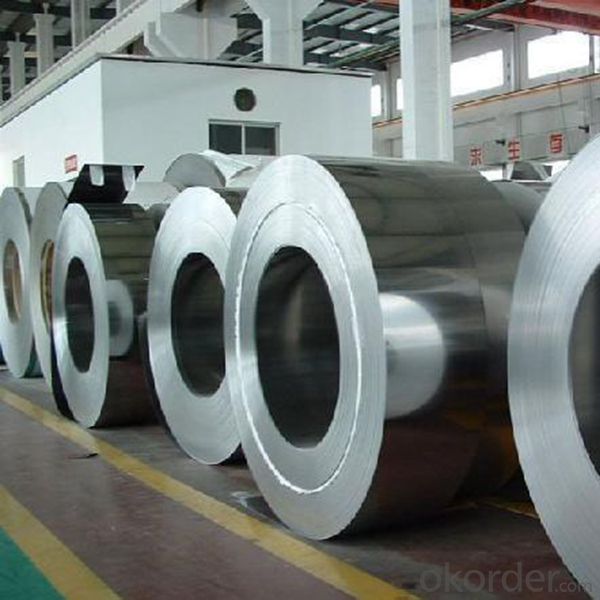
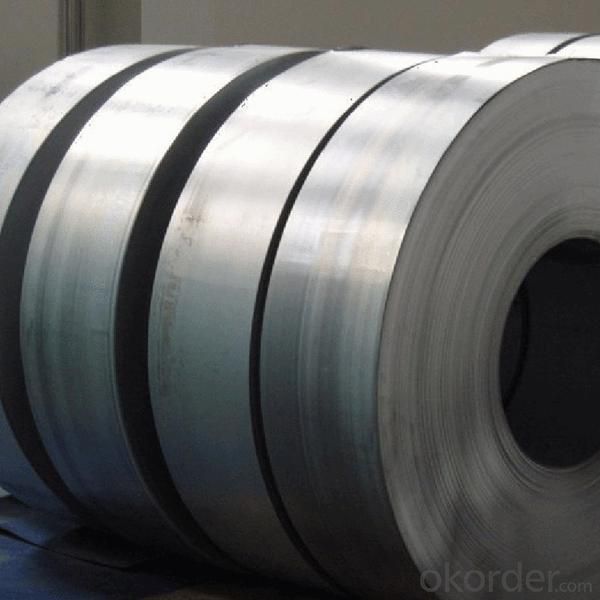
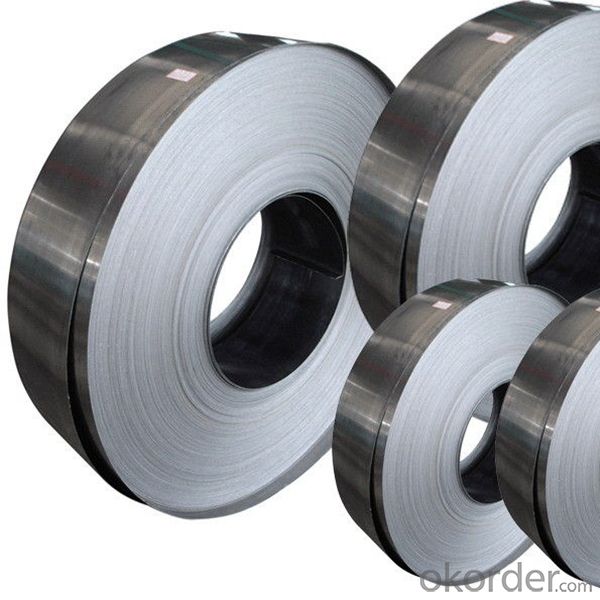
Application
Boiler heat exchanger, machinery andpetroleum ,chemical industries, hardware fields,Food industry,construction material,kitchen utensils, building construction, medical equipment,chemical tank, pipe etc

- Q: Can stainless steel sheets be bent or formed into different shapes?
- Yes, stainless steel sheets can be bent or formed into different shapes due to their malleability and ductility properties.
- Q: Can stainless steel sheets be used for outdoor sculptures?
- Yes, stainless steel sheets can be used for outdoor sculptures. Stainless steel is known for its durability, resistance to corrosion, and ability to withstand harsh weather conditions, making it a suitable material for outdoor sculptures that need to be exposed to the elements.
- Q: Why do galvanized and stainless steel sheets buy more expensive than thin ones?
- Feels like you rarely buy stainless steel plates. First of all, galvanized sheet or stainless steel is made of thick hot-rolled billets by cold rolling, so the thickness is generally thinner, and the more processing times, the greater the cost. That's why the thinner is thicker than the expensive one. Once again, the plate has a negative range of thickness, not necessarily all feet thick, and when buying a flat, with suppliers to explain your negative range requirements. If the 1.2MM board gives you 1.0MM, it's a bit too exaggerated.
- Q: Are stainless steel sheets suitable for medical equipment?
- Yes, stainless steel sheets are suitable for medical equipment. Stainless steel is a popular choice for medical equipment due to its excellent corrosion resistance and durability. It is easy to clean and sterilize, making it suitable for use in healthcare settings where cleanliness and hygiene are crucial. Additionally, stainless steel has a high strength-to-weight ratio, allowing for the construction of lightweight yet sturdy medical equipment. It also has a low magnetic permeability, making it ideal for applications where electromagnetic interference needs to be minimized. Overall, stainless steel sheets are a reliable and practical choice for manufacturing medical equipment.
- Q: How do I prevent finger marks on stainless steel sheets?
- To prevent finger marks on stainless steel sheets, you can try a few simple steps. Firstly, make sure to clean the sheets regularly using a mild detergent or stainless steel cleaner to remove any existing fingerprints. Next, consider applying a protective coating or film specifically designed for stainless steel surfaces, which can provide a barrier against smudges and fingerprints. Additionally, try to handle the sheets with clean and dry hands to minimize the transfer of oils and dirt. Finally, consider using microfiber or lint-free cloths for cleaning instead of rough materials that can leave scratches or streaks.
- Q: How do you prevent scratches or dents on stainless steel sheets?
- To prevent scratches or dents on stainless steel sheets, there are a few measures you can take: 1. Handle with care: When handling stainless steel sheets, be cautious to avoid dropping or dragging them against rough surfaces. Use gloves or protective gear to minimize the risk of scratches caused by sharp objects or tools. 2. Clean with soft materials: To prevent scratches during cleaning, use soft cloths or non-abrasive sponges. Avoid using steel wool or harsh cleaning agents that can damage the surface. Additionally, always wipe in the direction of the grain to maintain the stainless steel's appearance. 3. Use protective films or sheets: Applying a protective film or sheet to the stainless steel surface can provide an extra barrier against scratches or dents. These films are typically adhesive and can be easily removed once the stainless steel sheets are installed. 4. Store properly: Store stainless steel sheets in a clean and dry environment to prevent scratches or dents caused by contact with other objects. Avoid stacking sheets directly on top of each other without any protective barrier in between. 5. Invest in edge protectors: Stainless steel sheets are often susceptible to dents or scratches on their edges. Using edge protectors or corner guards can help prevent damage during handling, transportation, or storage. By following these preventive measures, you can significantly reduce the chances of scratches or dents on stainless steel sheets, ensuring their longevity and maintaining their pristine appearance.
- Q: Can stainless steel sheets be used in food processing applications?
- Yes, stainless steel sheets can be used in food processing applications. Stainless steel is a popular choice for food processing equipment due to its excellent corrosion resistance, durability, and hygienic properties. It is highly resistant to staining, rusting, and contamination, making it suitable for direct contact with food. Stainless steel sheets are commonly used for surfaces such as countertops, work tables, and food preparation areas in commercial kitchens and food processing facilities. Additionally, stainless steel is easy to clean and maintain, which is crucial in ensuring food safety and compliance with industry regulations.
- Q: Can stainless steel sheets be used for cryogenic storage containers?
- Indeed, cryogenic storage containers can make use of stainless steel sheets. Stainless steel is renowned for its exceptional strength, durability, and corrosion resistance, making it perfectly suitable for cryogenic purposes. Moreover, stainless steel exhibits low thermal conductivity, effectively reducing heat transfer from the environment to the stored contents. This particular characteristic is vital in cryogenic storage as it helps maintain the necessary low temperatures for preserving materials like liquefied gases or biological samples. In summary, stainless steel sheets serve as a dependable and widely employed material for cryogenic storage containers.
- Q: What is the weight of stainless steel sheets?
- The weight of stainless steel sheets can vary depending on their thickness and dimensions. Generally, stainless steel sheets have a density of 8 grams per cubic centimeter. To calculate the weight of a stainless steel sheet, you would need to know the dimensions (length, width, and thickness) and multiply them together to find the volume. Then, you can multiply the volume by the density to find the weight.
- Q: How do I determine the size and dimensions for stainless steel sheets?
- In order to ascertain the size and dimensions of stainless steel sheets, several factors need to be taken into account. Firstly, it is essential to consider the particular application or project for which the stainless steel sheets are required. By doing so, one can determine the necessary size and dimensions based on the sheets' purpose and function. Next, the specific dimensions in terms of length, width, and thickness should be considered. Typically, stainless steel sheets are available in standard sizes, so it is important to be aware of the required measurements in advance. Moreover, it is advisable to seek guidance and assistance from suppliers or manufacturers specialized in stainless steel sheets. These experts can help determine the appropriate size and dimensions based on the specific requirements. They may also have a variety of sizes readily available that can be customized to meet the needs. Furthermore, it is crucial to take into account any additional factors that might impact the size and dimensions of the stainless steel sheets. These factors include weight restrictions, installation requirements, and compatibility with other components or materials. In conclusion, careful consideration of the application, specific measurements, and consultation with industry experts is necessary to determine the size and dimensions for stainless steel sheets.
Send your message to us
Stainless Steel sheets,Stainless Steel Coils,NO.1Finish,Grade 304
- Loading Port:
- China main port
- Payment Terms:
- TT OR LC
- Min Order Qty:
- 18 m.t.
- Supply Capability:
- 10000 m.t./month
OKorder Service Pledge
OKorder Financial Service
Similar products
Hot products
Hot Searches
Related keywords
